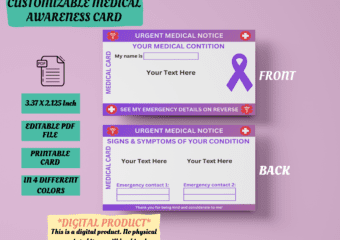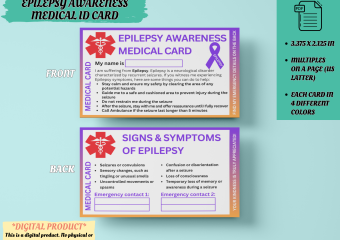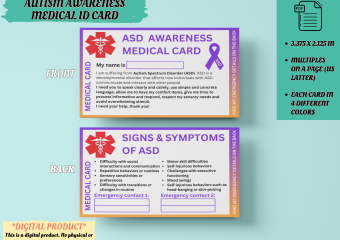How to Obtain a Medical Alert ID: A Guide for the Nursing Community
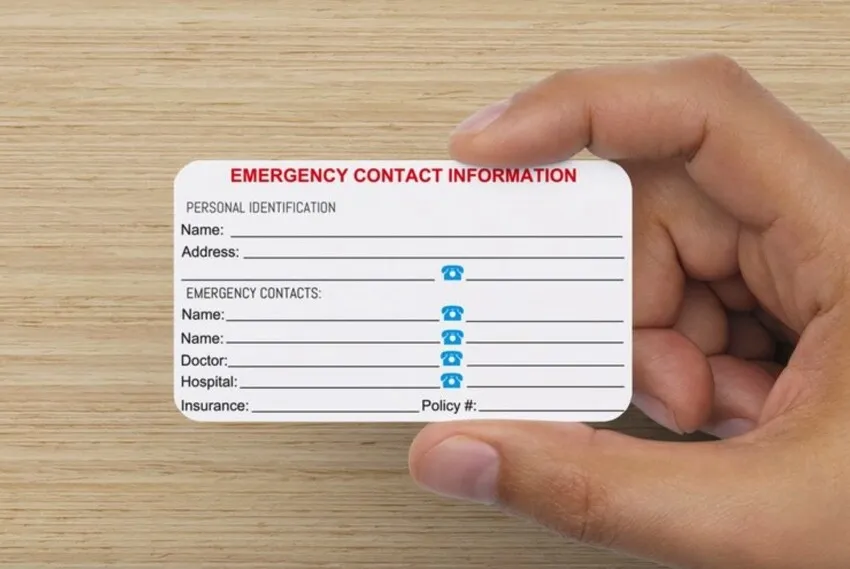
- How to Write Effective Therapy Progress Notes - January 7, 2025
- How to create SMART Goals in Therapy - October 8, 2024
- MICU vs SICU: What is the difference? - March 25, 2024
In the ever-evolving world of healthcare, nurses constantly encounter tools and systems designed to enhance patient safety. One such tool, often overlooked, is the Medical Alert ID. Here, we dive deep into the realm of Medical Alert IDs, addressing their significance, uses, and the process of obtaining one.
What is a Medical Alert ID?
A Medical Alert ID, often manifested as a bracelet, necklace, or card, carries vital medical information about an individual. It speaks for the person when they might be unable to communicate. This identification can provide essential details such as allergies, medical conditions, medications, or emergency contact numbers.
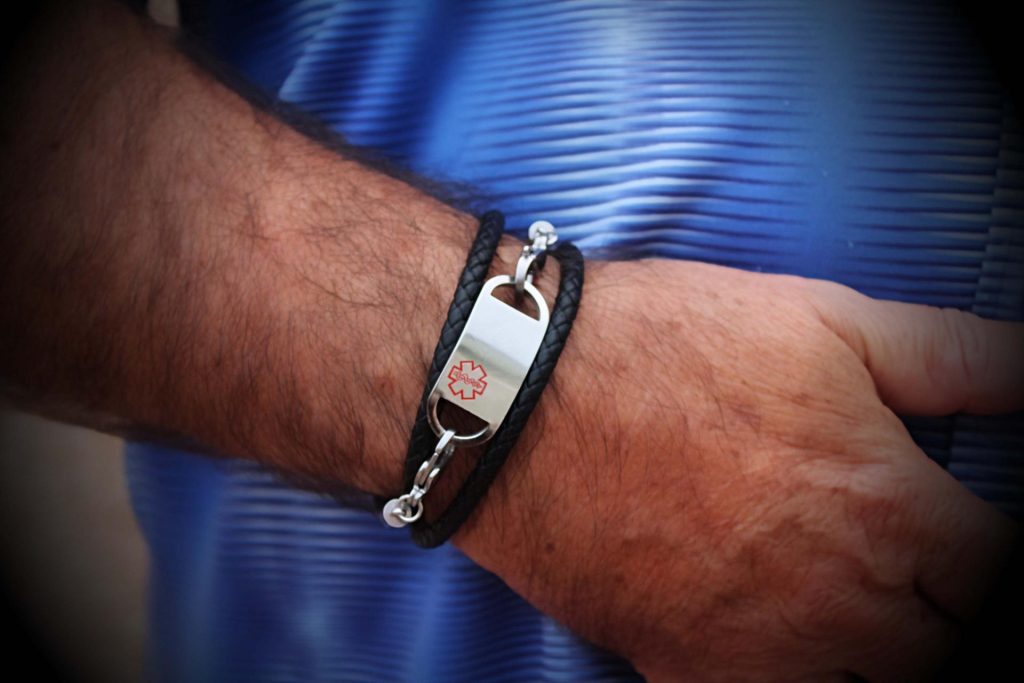
Why is a Medical Alert ID Important?
For nurses and other healthcare professionals, the primary aim is to offer safe, patient-centered care. An individual with a Medical Alert ID presents an immediate and clear snapshot of critical medical information. This can greatly expedite diagnosis and treatment, particularly in emergency situations. For instance, a person with a severe penicillin allergy or a condition like epilepsy may benefit immensely from a Medical Alert ID, allowing for more informed care decisions to be made swiftly.
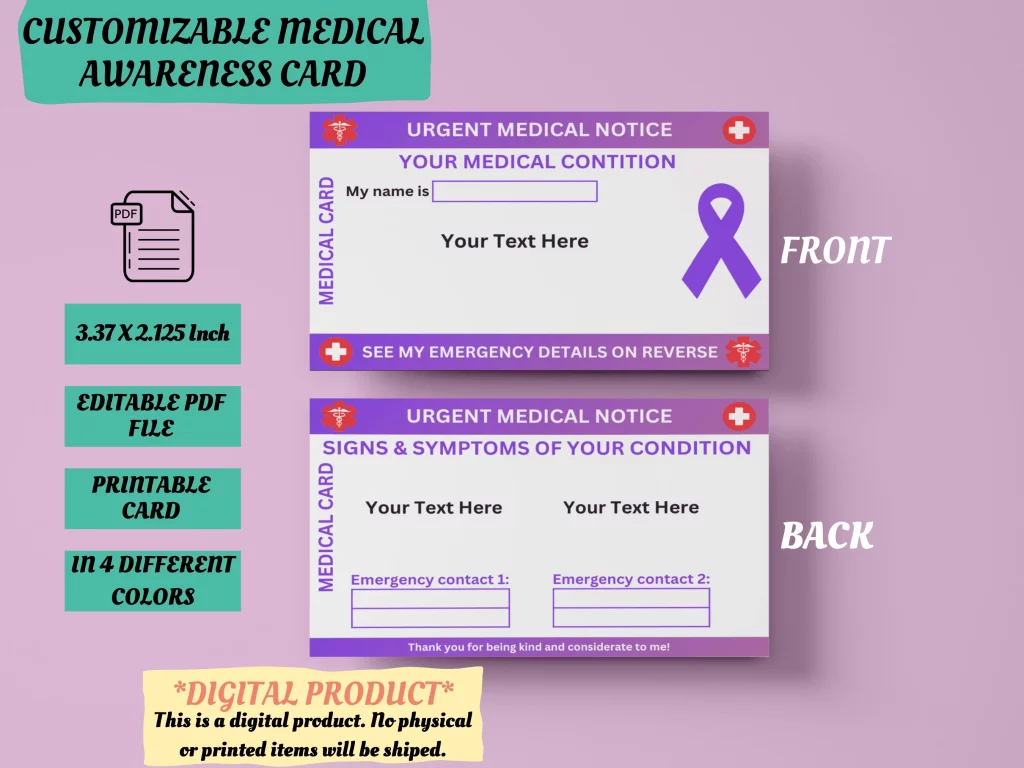
The Process of Obtaining a Medical Alert ID
For those considering a Medical Alert ID for themselves or their patients, the steps to acquire one are straightforward.
- Assess the Need: Before obtaining an ID, it’s essential to evaluate the necessity. Persons with chronic illnesses, allergies, specific medication regimens, or conditions that may render them unable to communicate effectively can greatly benefit from these IDs.
- Choose the Right Format: Medical Alert IDs come in various forms – bracelets, necklaces, cards, and more. Consider the patient’s comfort and lifestyle. For instance, someone who’s very active might prefer a sturdy bracelet over a necklace.
- Select Relevant Information: Space on a Medical Alert ID is limited, so it’s crucial to prioritize. Always include significant medical conditions or allergies. Depending on space, you might also add medication details and an emergency contact.
- Engraving or Printing: After deciding on the information, you’ll need to choose between engraving or printing. Some prefer engraving for its durability, while others opt for printed IDs for ease of update.
- Purchase from a Reputed Vendor: Several organizations and businesses offer Medical Alert IDs. Ensure you choose a recognized and trustworthy vendor. Some notable organizations even collaborate with healthcare institutions to provide these IDs at discounted rates or for free.
- Regularly Update the Information: It’s imperative to keep the details on the Medical Alert ID current. If there’s a change in medication, allergies, or other pertinent details, update the ID accordingly.
Conclusion
For the nursing community, understanding the intricacies and value of tools like the Medical Alert ID aids in the delivery of optimal patient care. They are simple yet effective instruments that can make a significant difference in emergency scenarios. Encouraging patients who can benefit from these IDs and educating them about their importance can be a small but crucial step toward enhancing patient safety and care.

